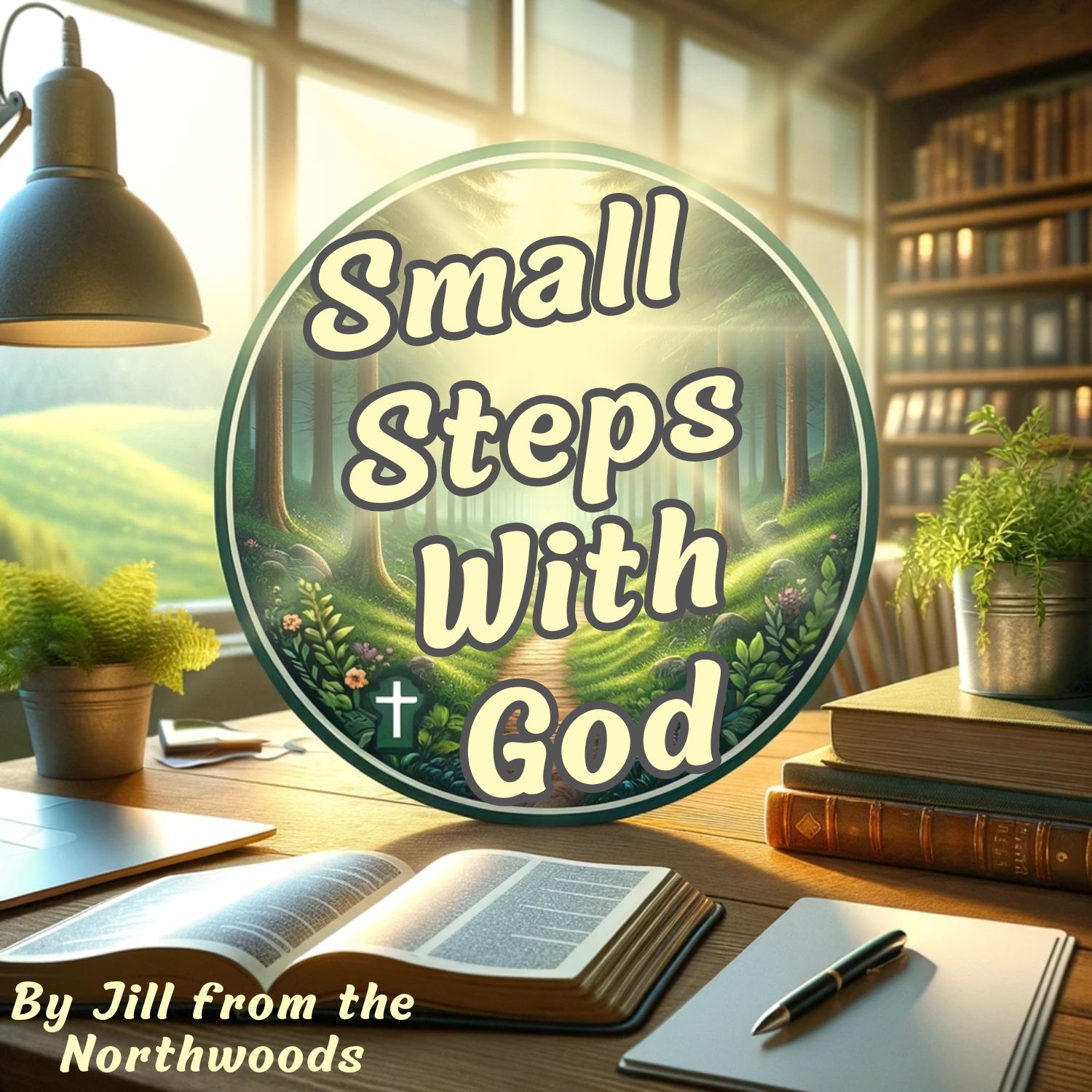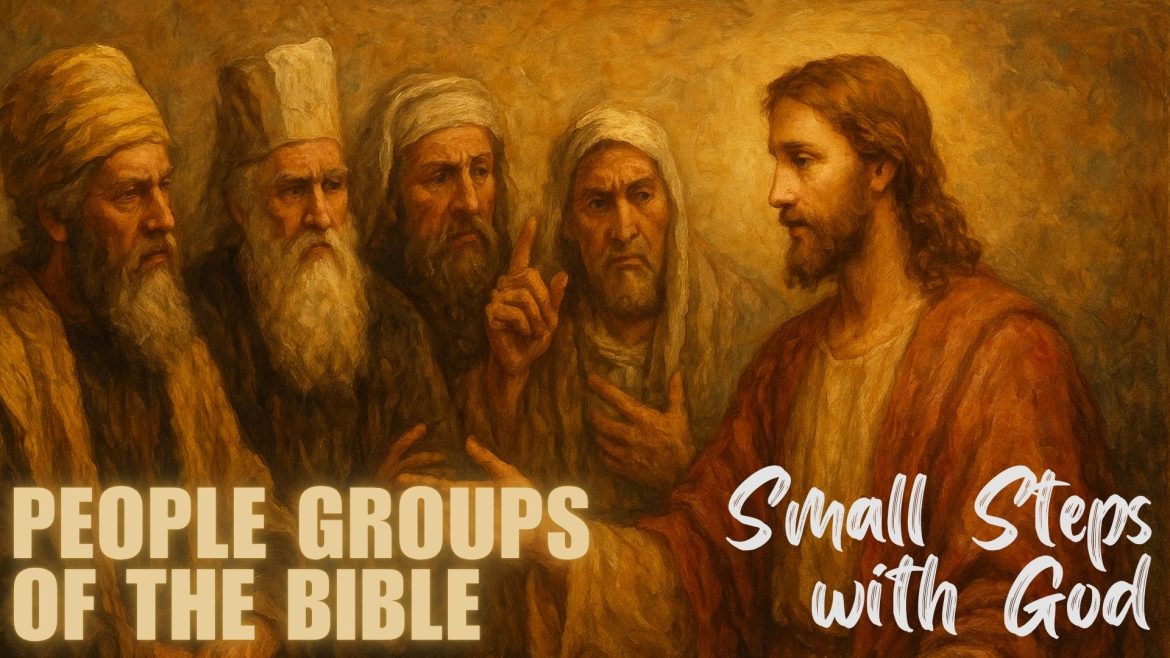When reading the Gospels, it’s easy to miss how deeply the social and religious dynamics shaped every encounter Jesus had. To truly grasp His teachings and the responses He received, it’s essential to understand the different groups of people alive at that time. These groups weren’t just footnotes in history—they were central players in the tension-filled landscape of ancient Israel. Understanding their beliefs, roles, and conflicts gives new clarity to Jesus’ ministry and its revolutionary message.
The Pharisees: Guardians of Tradition
The Pharisees were among the most recognizable religious groups in the New Testament. They were deeply committed to observing the Law of Moses and added layers of oral tradition to prevent any accidental sin. These “rules around rules” were meant to protect the sanctity of God’s commandments but often created rigid and burdensome systems. They were mostly middle or lower class, and many were students learning under rabbis. Their influence extended into the Sanhedrin, the Jewish ruling council, though they held less power compared to other groups.
Jesus often clashed with the Pharisees, not because they loved the Law, but because they sometimes missed its heart. Their attention to detail could obscure the bigger picture of compassion and mercy. Modern readers can relate this to overly bureaucratic systems that prioritize rules over people.
The Sadducees: Power and Pragmatism
The Sadducees, in contrast, were wealthy, elite, and politically aligned with Roman authorities. They accepted only the Torah—the first five books of Moses—and denied the resurrection and an afterlife. Their control of the Sanhedrin and close ties to Herod made them influential but also deeply unpopular among the people.
Where the Pharisees sought purity through regulation, the Sadducees sought stability through compromise. Jesus’ teachings on resurrection and the Kingdom of God directly challenged their theological and political stance. Today, their story is a cautionary tale about how power can corrupt religious purpose.
Scribes and Priests: Legal Experts and Temple Stewards
Scribes were legal scholars who interpreted Jewish law for everyday life. They were essential in a society where religious law governed personal and communal behavior. Priests, meanwhile, came from the tribe of Levi and were responsible for temple rituals and sacrifices.
Jesus respected the law but often rebuked scribes and priests for legalism and hypocrisy. Their role reminds us how knowledge and authority must be wielded with humility and compassion, not control.
The Zealots and the Essenes: Resistance and Retreat
The Zealots were nationalistic revolutionaries, fiercely opposed to Roman rule. They believed God’s Kingdom would come through armed rebellion. Simon the Zealot, one of Jesus’ apostles, came from this background. Jesus’ refusal to endorse violence would have deeply disappointed them.
The Essenes, by contrast, withdrew from society entirely. Believing Jerusalem was corrupt, they lived in isolation, preserving sacred texts and waiting for divine intervention. Many scholars link the Dead Sea Scrolls to them. While Jesus didn’t directly address the Essenes, their search for purity and truth resonates with modern spiritual seekers who feel alienated by institutional religion.
Hellenized Jews and Publicans: Blending Cultures and Broken Trust
Some Jews adopted Greek customs and thought—these were Hellenized Jews. Influenced by Greek philosophy, they represented a merging of Jewish faith with contemporary culture. Paul and Stephen may have come from this group.
Publicans, or tax collectors like Matthew, were despised for working with the Romans and often seen as traitors. Their transformation in the Gospels—Matthew becoming an apostle, Zacchaeus repenting—shows how grace reaches even the most socially reviled.
Am Ha’aretz: The Forgotten Majority
Am Ha’aretz, or “people of the land,” referred to everyday Jews—farmers, fishermen, tradesmen. They were not elite, not educated, and often marginalized. Yet they were the ones Jesus ministered to most often. He saw their hunger for truth, their weariness from oppression, and offered them hope.
This is a vital reminder: the Gospel was never meant only for the powerful or the learned. It was and remains a message for the ordinary person trying to survive in an unjust world.
Conclusion: A Timeless Tapestry of Belief and Conflict
Understanding the complex landscape of first-century Jewish society reveals how revolutionary Jesus’ message truly was. He challenged the legalism of the Pharisees, the political complicity of the Sadducees, the zeal of the revolutionaries, and the despair of the common people. In each case, He offered something deeper: a call to relationship with God, rooted in love, grace, and truth.
In today’s world, where religion, politics, and culture still collide, the lessons from these ancient groups are as relevant as ever. Whether we’re Pharisaic in our rule-keeping, Sadducean in our compromises, or Zealot in our anger, Jesus invites us to a better way—one that brings justice, mercy, and humility together in harmony.

